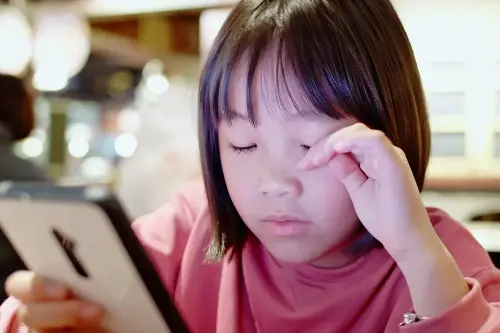In today's hyper-connected world, social media is an integral part of most children and teenagers’ lives. Platforms like Instagram, TikTok and Snapchat open up avenues for creativity, connection, and learning, but they can also present risks and emotional challenges. As parents, supporting safe exploration online is not about forbidding or blocking, but about guiding, educating, and empowering children to navigate digital spaces confidently.

UNDERSTANDING THE SOCIAL MEDIA LANDSCAPE
The sheer variety of social media platforms can be overwhelming, even for the savviest of parents. Each platform possesses its own culture, forms of communication, and risks. For instance, TikTok is all about short, creative videos, while Instagram emphasises visual storytelling and curation. The average British teenager reportedly spends over three hours a day on social platforms, often forming and dissolving digital friendships at lightning speed.
This landscape is not all peril. Social media can bolster self-expression, help foster a sense of belonging, and offer kids a platform to find their voice. However, it can also trigger comparison, exclusion, or expose them to cyberbullying. Recent studies show that almost half of UK children aged 8-17 have experienced some form of upsetting content. A nuanced understanding of these highs and lows is essential.
OPEN COMMUNICATION: THE BEDROCK OF SAFETY
One of the most effective ways parents can support their children is by keeping lines of communication constantly open. Rather than policing every click, cultivate a relationship of trust where your child feels comfortable discussing their online achievements and setbacks.
Ask open-ended questions about their online life, much as you might inquire about their day at school. Questions like, “What’s the funniest video you’ve seen today?” or “Have you seen anything online that made you feel uncomfortable?” can spark valuable conversations. The NSPCC recommends casual, non-judgemental chats over formal, intimidating interrogations.
It’s also helpful to share your own online experiences, both positive and negative. Hearing how you respond to digital dilemmas models healthy behaviour and demonstrates that everyone, regardless of age, encounters challenges online.

SETTING BOUNDARIES AND PROMOTING BALANCE
Children need certain boundaries to explore safely. Rather than outright bans, consider setting reasonable limits on screen time, particularly before bedtime. Blue light can disrupt sleep patterns, and studies have found that excessive screen time is linked with increased anxiety and lower mood.
Create tech-free zones or times in your home—perhaps during dinner or an hour before sleep. Encourage offline activities and friendships, reinforcing that a digital presence should supplement, not supplant, real-world engagement. Apps designed to monitor screen use can also support balanced habits, but remember, no technology can replace parental guidance and involvement.
TEACHING CRITICAL THINKING AND DIGITAL LITERACY
Just as you would teach your child to cross the street carefully, fostering digital literacy is crucial. Teach children to question what they see: not every “fact” posted online is truthful, and images are often filtered or staged. Help them understand concepts like digital footprints, privacy settings, and why they should think carefully before sharing personal information.
Discuss the permanence of online actions—remind them that even deleted posts can be screenshotted and shared. Encourage them to think critically about the content they consume and create, cultivating empathy with phrases like “How might this make someone feel?”

SUPPORTING EMOTIONAL RESILIENCE
Perhaps the most important tool you can give your child is emotional resilience—the confidence to cope with the ups and downs of social media. This means helping them deal with peer pressure, negativity, or exclusion.
Encourage them to take breaks when social media becomes overwhelming, and model this behaviour yourself. When your child does experience online hurt—whether it’s a cruel comment or a friendship gone sour—remind them of their support system and help them process their feelings. Praise their decision to talk to you and reassure them that it’s always okay to seek help.
Fascinatingly, researchers have found that children who feel supported at home are better able to self-regulate online and recover from negative digital experiences. Parental empathy has a measurable, positive impact on children’s well-being.
KNOW WHERE TO TURN FOR HELP
No parent has all the answers, and sometimes you and your child may need to seek outside support. The UK Safer Internet Centre and Childline offer anonymous advice and help for both parents and children.
Encourage your child to identify trusted adults they can speak to if ever they feel uneasy online. Schools often have designated safeguarding leads equipped to handle digital issues.
Empowering your child to be an informed, confident digital citizen takes time, trust, and teamwork. Focus on guiding rather than controlling, reinforcing their strengths, and remembering—exploring the digital world, just like the real one, is safest and most rewarding with the right support.
